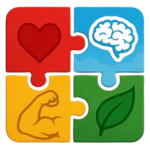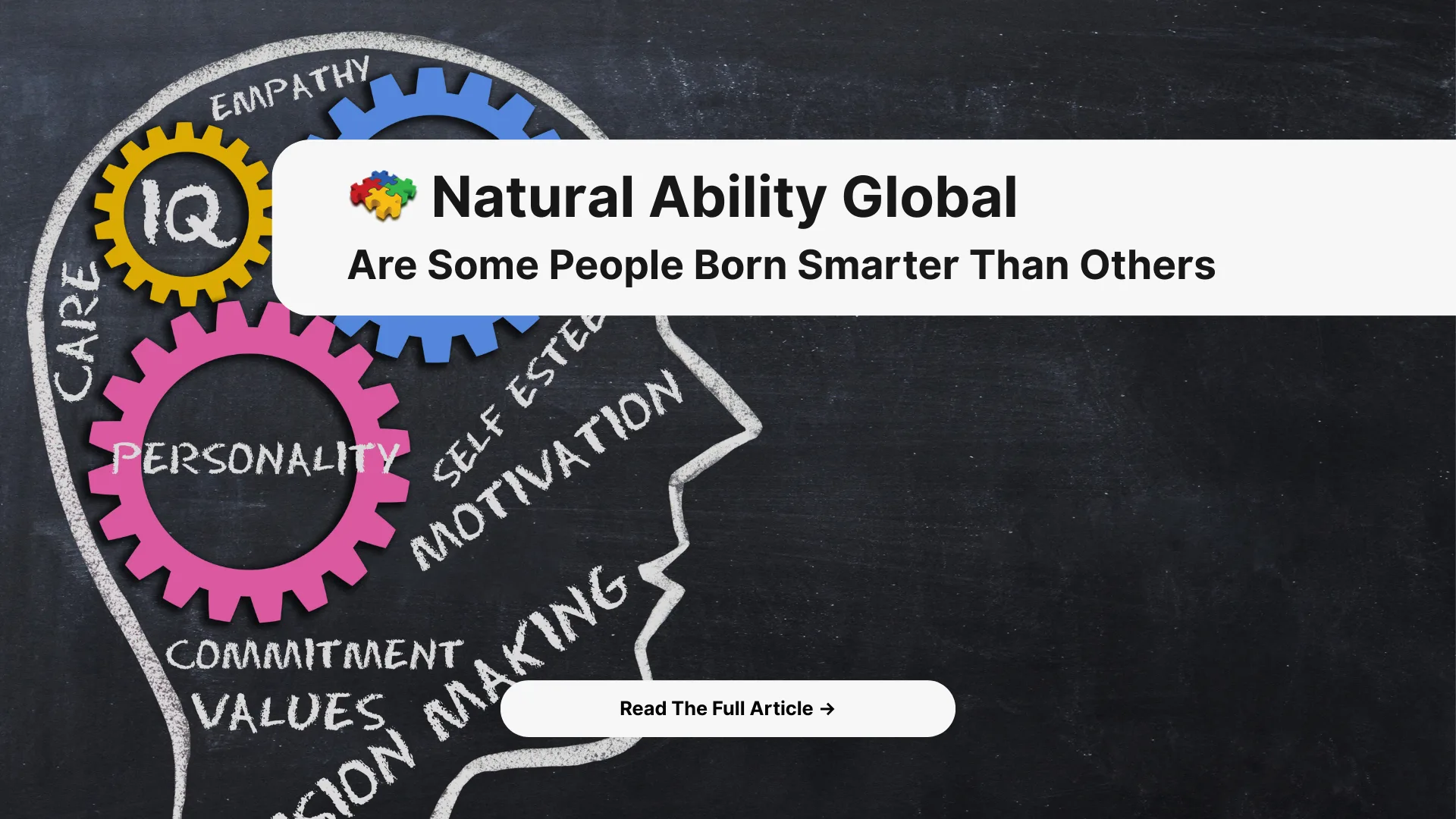For much of history, intelligence has been primarily associated with IQ scores, leading to the belief that individuals with high IQ measurements have a distinct advantage over those with lower scores. However, recent research has broadened our understanding of intelligence, identifying various types beyond standard IQ. Despite this, these alternative intelligences have not received the same level of recognition within the scientific and academic communities—until now.
Psychometric testing, along with occupational and psychological research, has long supported the idea that innate aptitudes influence performance. However, a direct correlation between psychometric performance and neuroscience has remained elusive—until recent advancements in brain imaging research. Studies using Magnetic Resonance Imaging (MRI) have reinforced the idea that specific areas of the brain govern different inborn aptitudes, validating the concept of multiple intelligences beyond IQ. These findings, however, have yielded even more fascinating insights.
Breakthroughs in Brain Research
Dr. Richard Haier, a leading researcher in brain imaging and intelligence, along with Dr. Cheuk Tang, conducted a study at Mount Sinai Medical Center in New York to explore the neurological basis of cognitive abilities. Their study involved 40 participants who completed various aptitude tests while undergoing MRI scans. Their findings, along with additional studies, provided remarkable revelations:

1. The Brain Map is Clear The research confirmed that different types of cognitive tasks activate specific areas of gray and white matter in the brain. Whether the challenge involved spatial reasoning, design, verbal comprehension, or numerical problem-solving, the corresponding brain regions consistently showed heightened activity.
2. Bigger is Better The density of gray and white matter in relevant brain regions positively correlated with individual performance on psychometric tests. This suggests that some individuals have a greater innate ability or brain capacity for specific tasks, further expanding previous research that primarily focused on numerical and verbal reasoning.
3. Work Smarter, Not Harder One of the most intriguing discoveries was the confirmation of the efficiency hypothesis. Using positron-emission tomography (PET) scans, researchers found that individuals with greater natural ability used less energy to solve problems. In contrast, those who struggled showed increased energy consumption, reinforcing the idea that aptitude is linked to cognitive efficiency.
4. Plasticity is Temporary Additional studies demonstrated that learning new skills, such as juggling, temporarily increases gray matter in relevant brain regions. However, once training ceases, these gains fade. This underscores the distinction between innate aptitudes, which remain stable throughout life, and acquired skills, which require continual practice to maintain.

The Practical Implications of Brain-Based Intelligence
In a separate study conducted by Dr. Rex Jung and colleagues at the University of New Mexico, 107 subjects underwent MRI scans while completing specific aptitude tests. The findings aligned with Haier and Tang’s research, confirming that performance on particular tasks correlated directly with brain density in the corresponding regions. The researchers concluded that more precise aptitude measurements could provide valuable insights for career and educational guidance.
Dr. Haier later expanded on these discoveries in his Scientific American Mind article, What Does a Smart Brain Look Like?, further validating that intelligence is multifaceted. Even individuals with similar IQ scores displayed significantly different strengths and weaknesses, reinforcing the idea that intelligence is not a one-size-fits-all metric.
Unlocking Potential: What This Means for Individuals
These findings suggest that understanding an individual’s unique cognitive profile could lead to tailored learning and career placement strategies. The research echoes long-standing work by the Johnson O’Connor Research Foundation, a non-profit organization dedicated to studying human aptitudes. For over 90 years, their research has demonstrated that a person’s abilities are as unique as fingerprints, influencing their problem-solving approaches, learning preferences, and creative strengths.
While MRI-based ability assessments are not yet available to the general public, psychometric
tools such as the Johnson O’Connor/Natural Ability Explorer tests can offer individuals a precise profile of their abilities across multiple critical areas. These tools provide valuable career and educational guidance, offering the personalized insights that neuroscientists are only beginning to explore through brain imaging.
Conclusion: Intelligence is Multifaceted
So, are some people born smarter than others? Yes—but intelligence is task-dependent. Just as a racehorse excels on the track while a Clydesdale is better suited for pulling heavy loads, different individuals possess varying aptitudes that make them uniquely suited for different roles.Understanding these innate abilities can help people align their strengths with the right
opportunities, ultimately leading to greater efficiency, success, and satisfaction in their chosen fields.
References
Barbey, A. K., Colom, R., Solomon, J., Krueger, F., & Forbes, C. (2012). An Integrative Architecture for General Intelligence and Executive Function Revealed by Lesion Mapping.
Jung, R. E., Ryman, S. G., Vakhtin, A. A., Carrasco, J., Wertz, C., & Flores, R. A. (2014). Subcortical Correlates of Individual Differences in Aptitude. PLoS ONE, 9(2), e89425.
Haier, R. J., Schroeder, D. H., Tang, C. Y., Head, K., & Colom, R. (2010). Gray Matter Correlates of Cognitive Ability Tests Used for Vocational Guidance. BMC Research Notes.
Haier, R. J. (2009). What Does a Smart Brain Look Like? Scientific American Mind.

